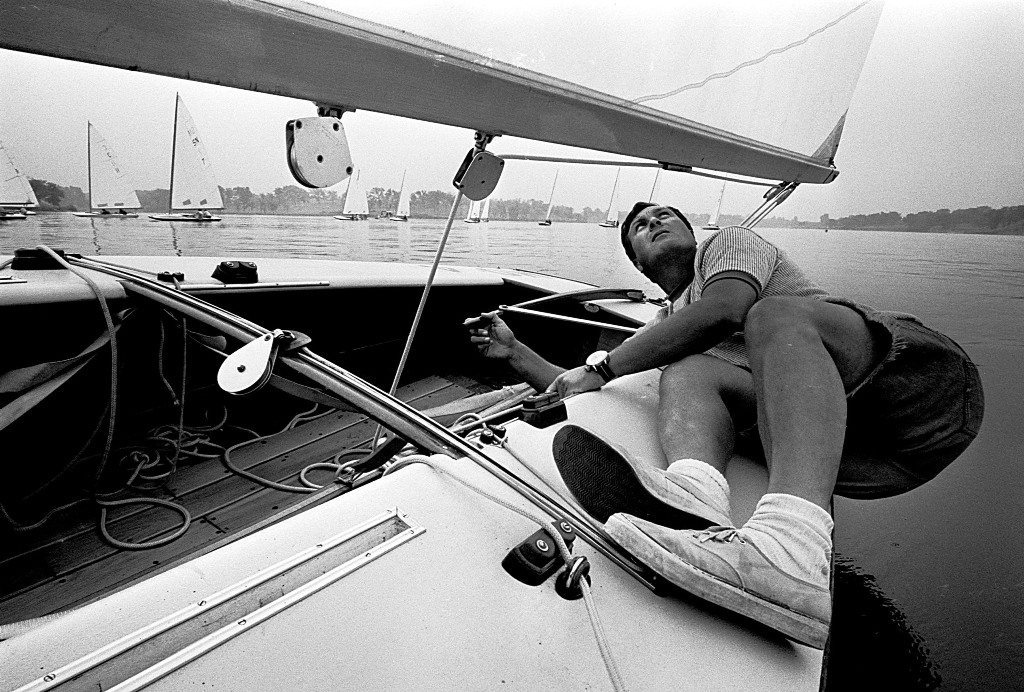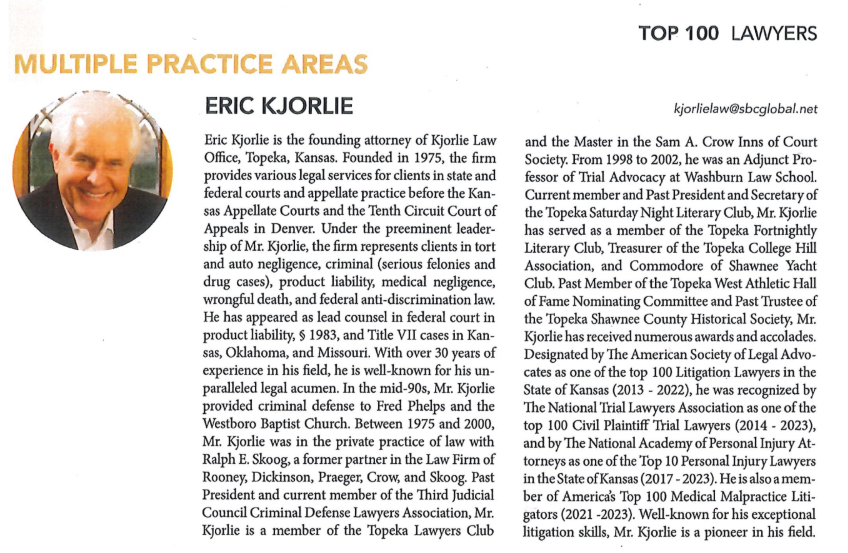
Welcome to Shawnee Yacht Club
Since 1941, SYC has promoted sailing on Lake Shawnee for the recreational benefit of the local community. In addition to the opportunity to sail on beautiful Lake Shawnee, the club provides: free sailing lessons for those new to the sport, sailboats for members to use, a fenced boatyard with a boat ramp, several docks (provided by Parks and Rec), a storage shed for equipment, sailing activities, racing, and social gatherings.
Learn to Sail
02 Jun 2025
.jpg)
"Introduction to Sailing" sessions are held Wednesday evenings, June through August. Come join the fun. We provide the boats.
Five-Year Master Plan
12 Apr 2025
SYC has presented Parks and Recreation with a Five-Year Master Plan for improving our sailing facilities. The plan aims to increase sailing activity on Lake Shawnee and get SYC back on a more sustainable footing. We are currently negotiating with P+R staff for their support in moving forward with individual items in the plan. SYC's costs for some of these improvements will be substantial. Please consider making a contribution to help us with these facility improvements.
Topeka, Forbes Field
89°F - Partly Cloudy
Coming Events
Racing & Group Sailing
Sundays, 2:00pm-5:30pm
Wednesdays, 5:30pm-Sunset
- 8/3, Sun Racing & Group Sailing, 2:00pm-5:30pm, SYC
- 8/27, Last Wed Lessons, 5:30 pm-Sunset, SYC
- 9/7, Sun Racing & Group Sailing, 2:00pm-5:30pm, SYC
- 9/7, Fall Social, 5:30-10:00pm, SYC
SYC on Facebook
Mark's Racing Blog
MC Scow Invitational Regatta report
The wind on Friday was, well, windy. Saturday had no wind and was raining (no sailing) and Sunday had winds of 5-8 MPH.
We broke our goose neck before the first race and missed it and the second race. Repaired in time for the third race we had a port start on the left end. The recall was sounded and the VHF said recall so we turned back. Some spectators informed us that it was not a general recall and the race was still on, so we resumed racing. (The boat we beat at the start finished second.) We had some other equipment issues with the port board being stuck up and finished near last. Fourth race (first race Sunday) I snuck into the start line and stole someone's great start. Fun! Rounding 3rd-4th at all marks but finishing 7th. Last race I knew my start was toast so I bailed out early. Starting down the line taking a port tack into clear air (but not much velocity) I salvaged a mid fleet start. Working the shifts, consolidating, and staying in the stronger wind, I was able to recover to finish 8th. That is about where I expected to finish for the regatta, so I'm not too disappointed.
OK. Here is what worked. These are things you have to do. 1) Get clear air at the start, ASAP. 2) Stay in the dark water. 3) Sail on the tack with the advantageous angles against your competitors. If in doubt of your advantage, be on the tack that will take you closer to the mark. 4) Consolidate any gains you may have before you loose your advantage. 5) Go low on the runs when you can. 6) Power up to slice thru the severe motor boat chop.
Here is what didn't work. 1) Tacking up the middle trying to play the angles against both sides. I should have picked the side to attack that had the regatta leaders on it. The fleet tends to split going upwind on a WL course with a mile beat on big water. Go with the long tack or favored side and stick to it. Don't be chasing from side to side. 2) I like to tack and then wait for the strong wind to come to me. Bad move in light wind as the boat is slow and it may take a while for the wind to get to you.
Fun, fun!
